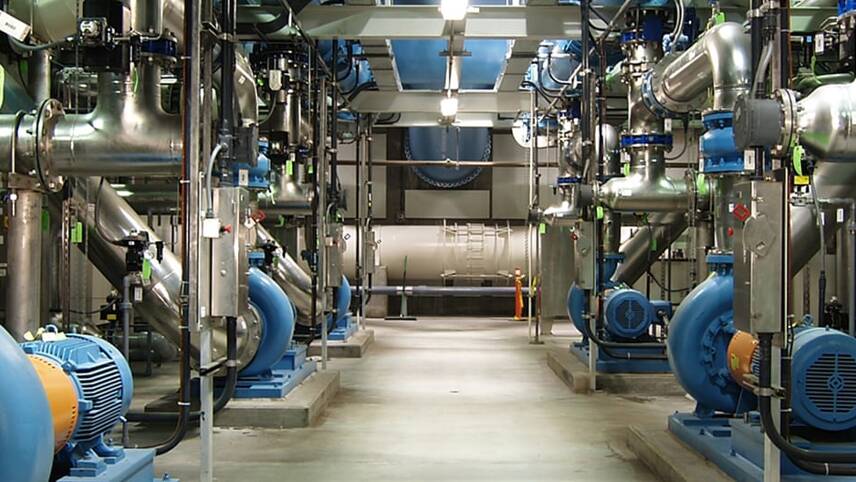You’ve reached your limit!
To continue enjoying Utility Week Innovate, brought to you in association with Utility Week Live or gain unlimited Utility Week site access choose the option that applies to you below:
Register to access Utility Week Innovate
- Get the latest insight on frontline business challenges
- Receive specialist sector newsletters to keep you informed
- Access our Utility Week Innovate content for free
- Join us in bringing collaborative innovation to life at Utility Week Live

Severn Trent has begun relining stretches of its pipes with a novel lining material that it said is quicker and cheaper to install than current techniques.
The company recently worked on pipes in its sister company Hafren Dfrdwy’s region to protect them from leaks and bursts in the area using the Aqualiner material.
The company is the first in the water sector to apply the method that is speedier than open-cut and slip lining methods and reduces on-street disruption.
Engineers working on the project believe this approach has the potential to change the way water networks are maintained in the future because it can be used to line sections where the pipe wall is missing.
Jamie Perry, innovation trials lead for Severn Trent said: “Currently, our main option is to renew leaky pipes by digging them up and replacing them. Aqualiner has the potential to fully line a pipe with reduced excavations and less time on site. Ultimately, this means our customers experience less disruption. We look forward to our continuing partnership with Aqualiner, as we further develop their system to include a greater range of pipe diameters.”
He said if successful it could change the way the company fixes pipes in SVT’s own and Hafren Dfrdwy’s networks.
The installation process involves pulling the new liner through the old pipe and heating it to 200oC, using a heating element attached to a device called a pig that can also clean and check condition of the pipeline.
The pig is pulled along at a controlled speed by an inversion bag, which also moulds the new liner against the wall of the host pipe.
The heating element does not touch the pipe wall so it can be used on plastic pipes.




Please login or Register to leave a comment.